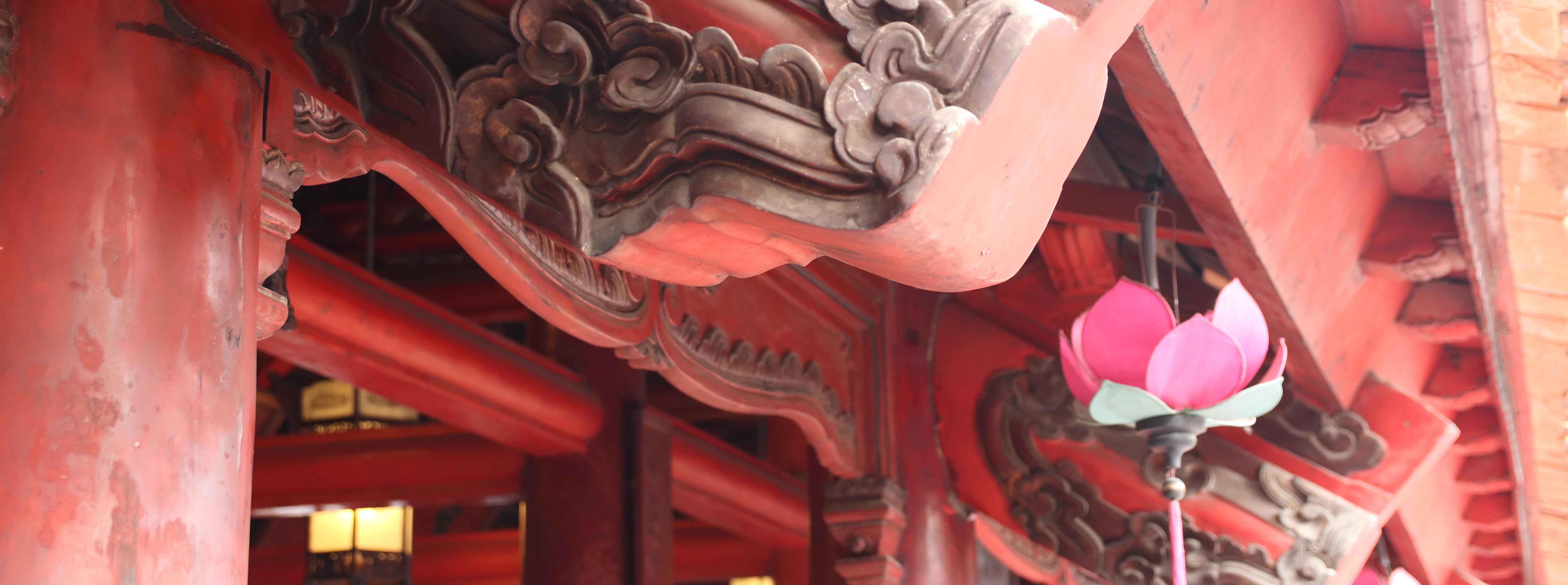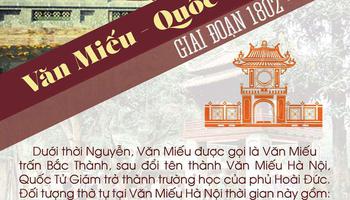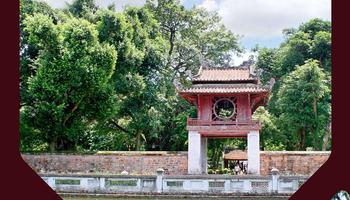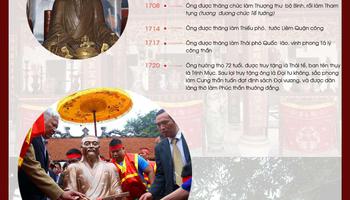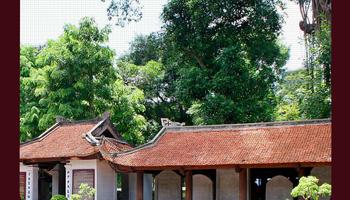HISTORY OF CONFUCIAN EXAMINATIONS IN VIET NAM
The history of Vietnamese Confucian examinations began with Tam Truong (three rounds) an examination to select Minh Kinh Bac Hoc (Bright Learned Men) which was held in 1075 during the reign of King Ly Thanh Tong. From 1232, the Tran dynasty organized the Thai hoc sinh examination to select De nhat giap (first class laureates), De nhi giap (second class laureates) and De tam giap (third class laureates). In 1247, the three titles Trang Nguyen (the first title), Bang Nhan (the second title) and Tham Hoa (the third title) were set for three persons who were first class laureates. In 1374, the royal examination was held in the imperial palace to recruit Tien si (doctoral laureates) instead of the Thai hoc sinh title. In 1396, King Tran Thuan Tong set out the first rules and regulations for the Huong (regional) examination to select the Cu nhan (bachelor). The rule of organizing the Huong examination every seven years was set, the Huong examination would be held before the Hoi (National) examination in the following year in the Capital. The Hoi examination began under the Tran dynasty.
During the short time of 7 existence years (1400-1407), the Ho dynasty paid attention to the national education and still continued following the examination rules of the Tran dynasty, but the regulations changes, examinations are held once every three years.
During the Le So dynasty, examinations flourished and reached their highest level in the history of Vietnam examinations. In 1434, King Le Thai Tong issued an edict to fix the rules and regulations of the Huong and Hoi examinations and regulated that examinations were to be organized every three years.
The Huong examination consisted of 4 rounds: The first round asked about the content of Confucian classics; The second round required candidates to write administrative documents such as King’s edicts, proclamations, petitions, letters to the Kings; The third round asked candidates to compose poems and odes; The fourth round required them to write essays. If the candidates were able to pass the first round they were qualified to sit for the next round. Successful candidates of Huong examinations were called Huong cong and were allowed to sit for the Hoi examination. The procedure and content of Hoi examinations were the same as those of the Huong examination, but at a higher level. Those candidates who were able to pass the fourth round of the Hoi examinations were qualified to attend the Dinh (royal) examination. The winner of the Hoi examination was called Hoi nguyen. The field of the Hoi examination was similar to that of the Huong examination. The Dinh examination was organized at the royal court. Candidates were asked to write an essay on a topic given by the King about the methods of governing the State, the use of talented men, etc. The Dinh examination was for high-low ranking. The winner of the Dinh examination was called Dinh nguyen. According to the rules of the Le dynasty, the doctoral laureates were normally classified into three classes:
- The first class included a maximum of three persons (Tam khoi), the first title was Trang nguyen; the second was Bang nhan; the third one was Tham hoa.
- The second class laureates were called Hoang Giap (official doctoral laureates)
- The third class laureates became Tien si (doctoral laureates)
The Mac, Le Trung hung, and Nguyen dynasties continued the rules and procedures of the Le So dynasty for the examination.
The history of Confucian examinations in Vietnam began in 1075 and ended in 1919, 183 major examinations were held, 2898 laureates were selected, including Trang nguyen, Bang nhan, Tham hoa, Hoang giap, Tien si and Pho bang.
TH
